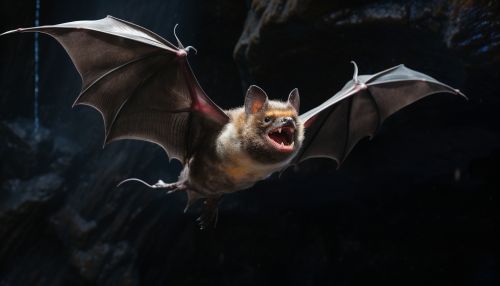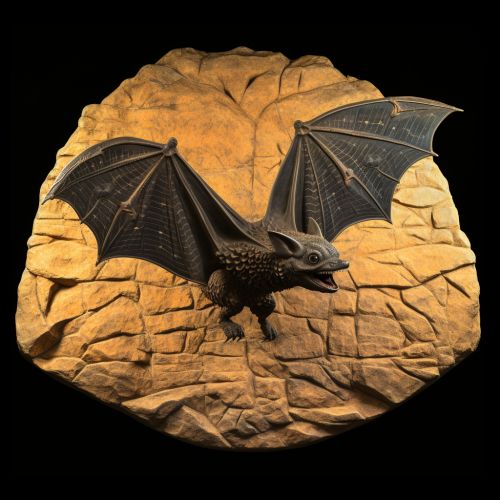The Biological Mechanisms of Animal Echolocation
Introduction
Echolocation, also known as bio sonar, is a biological mechanism utilized by certain animals to navigate their environment and locate objects. This process involves the emission of sounds that bounce off objects in the environment, with the echoes being interpreted by the animal to determine the object's location, size, and shape. This mechanism is primarily used by bats and cetaceans (whales and dolphins), but is also found in some birds and other mammals.


Mechanism of Echolocation
Echolocation works on the principle of sound waves and their reflection. The animal emits a sound, often through the mouth or nose, which travels through the air or water until it hits an object. The sound wave then bounces back, or echoes, towards the animal. The time it takes for the echo to return gives the animal an idea of the distance to the object.


Sound Production
The sounds used in echolocation are typically high-frequency, beyond the range of human hearing. These sounds are produced in various ways depending on the species. Bats, for instance, emit sounds through their mouth or nose, while dolphins produce clicks using a structure in their head known as the phonic lips.
Sound Reception
Once the sound wave echoes back, it is received by the animal and interpreted. In bats, the echoes are received through the ears, while in dolphins, they are received through a specialized structure in the lower jaw known as the mandibular canal.
Echolocation in Different Species
While echolocation is most commonly associated with bats and cetaceans, it is also found in other species, each with their unique adaptations and uses for this mechanism.


Bats
Bats are perhaps the most well-known users of echolocation. They use it to navigate in the dark and hunt for insects. Different species of bats use different frequencies and types of sounds, ranging from clicks to complex songs.
Cetaceans
Cetaceans, including dolphins and some species of whales, use echolocation for hunting and navigation in the dark depths of the ocean. They emit a series of clicks and listen for the echoes to determine the location and distance of objects.
Birds
Some species of birds, such as the Oilbird and some species of swiftlets, also use echolocation. These birds typically live in dark environments such as caves, where visual navigation is difficult.
Evolution of Echolocation
The evolution of echolocation in different species is a fascinating topic of study. It is believed that echolocation evolved independently in different groups of animals, a phenomenon known as convergent evolution.


Applications and Implications
The study of animal echolocation has numerous applications and implications, particularly in the fields of biology, ecology, and technology. For instance, understanding how bats use echolocation can help in the development of new technologies for human use, such as sonar and radar systems.
